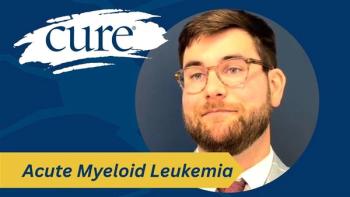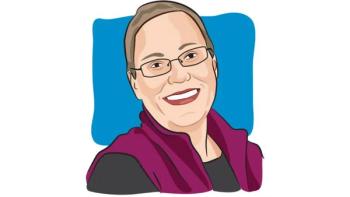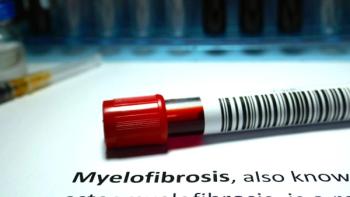
Web-Based Intervention Helps Childhood Cancer Survivors With Physical Activity
Adolescent cancer survivors can improve fitness, cognition and quality of life through increased physical activity, according to study findings presented ahead of the American Society of Clinical Oncology’s (ASCO) Cancer Survivorship Symposium.
Adolescent cancer survivors can improve fitness, cognition and quality of life through increased physical activity, according to study findings presented ahead of the American Society of Clinical Oncology’s (ASCO) Cancer Survivorship Symposium.
Researchers from St. Jude Children’s Research Hospital in Memphis, Tennessee, and Yale School of Medicine in New Haven, Connecticut, performed a randomized, controlled clinical trial exploring a web-based exercise intervention that provided rewards to help increase physical activity over a six-month period.
“There is a need to design creative and engaging intervention that may motivate young survivors to initiate, engage and maintain physical activity,” lead author Carrie R. Howell, Ph.D., of the Department of Epidemiology and Cancer Control at St. Jude, said in a press cast.
Childhood cancer survivors are at an increased risk for obesity and metabolic syndrome, wrote the authors. But both can be helped with regular physical activity.
The trial included 78 survivors from St. Jude, who were an average of 12.7 years of age, and were not currently receiving treatment for cancer. Survivors also exercised less than 60 minutes a day, seven days a week. The criteria were based on the current U.S. Centers for Disease Control and Prevention recommendations for physical activity for the age group, noted Howell.
The research team randomized survivors to either intervention (53 patients) or a control group (25 patients). Educational materials, an activity monitor and access to an interactive website were provided to the intervention group. Rewards, such as stickers, T-shirts and gift cards ($5 value) were given to survivors based on the number of moderate to vigorous physical activity (MVPA) minutes they engaged in. The control group only received educational materials and an activity monitor.
Physical activity, fitness, neurocognitive and quality of life measures were assessed at the beginning of the study and again at 24 weeks. Seventy-eight patients complete the trial, including 53 in the intervention group and 25 in the control group.
“We saw that the intervention group increased physical activity by an average of about five minutes a week, while the control group decreased their activity by an average of 24 minutes a week after the 24 weeks,” said Howell.
Examining weekly MVPA, the researchers found that the intervention group increased activity from baseline to 12 weeks, but then decreased activity slightly from 12 weeks to 24 weeks. “They still maintained an increase over their baseline amount of activity,” said Howell. The control group steadily decreased physical activity across the study period.
After the 24 weeks, the intervention group improved hand grip strength and increased the number of push-ups and sit-ups that they could do in a 30-second interval. These survivors also had better verbal fluency and general cognition than the control group. Overall quality of life was also improved. Meanwhile, the researchers observed no significant changes in the control group.
A
“There are many different types of benefits that are derived from increasing physical activity,” said press cast moderator Timothy Gilligan, M.D., M.Sc., FASCO, an ASCO expert in survivorship care and a medical oncologist at the Cleveland Clinic Taussig Cancer Institute. “We may need to be creative in terms of how we motivate or engage people. So, this is an interesting study of a new tool to do that and generating evidence of efficacy.”





